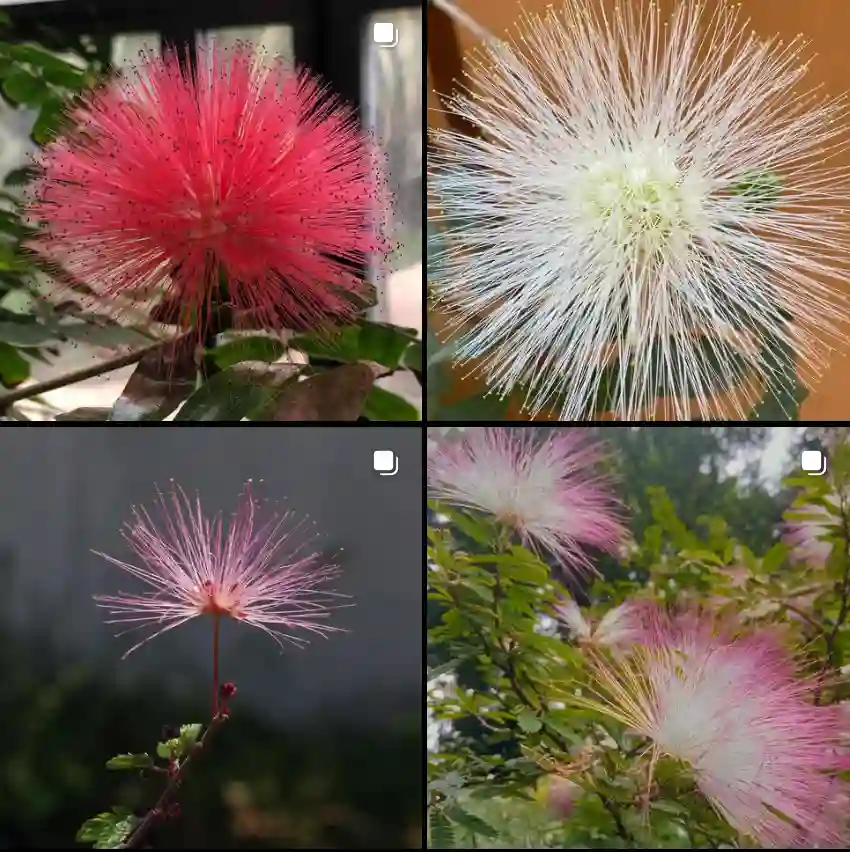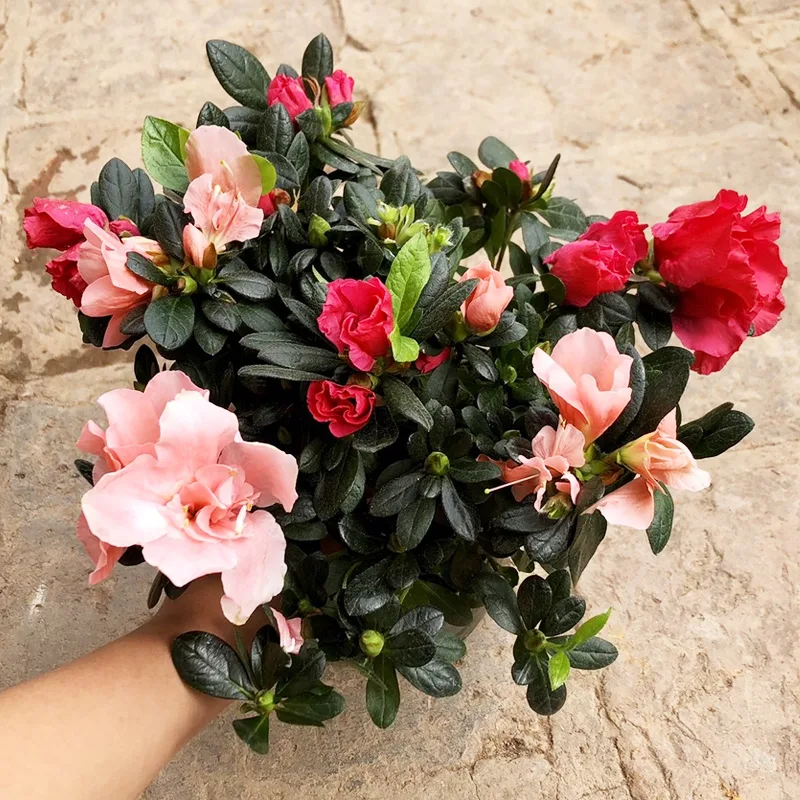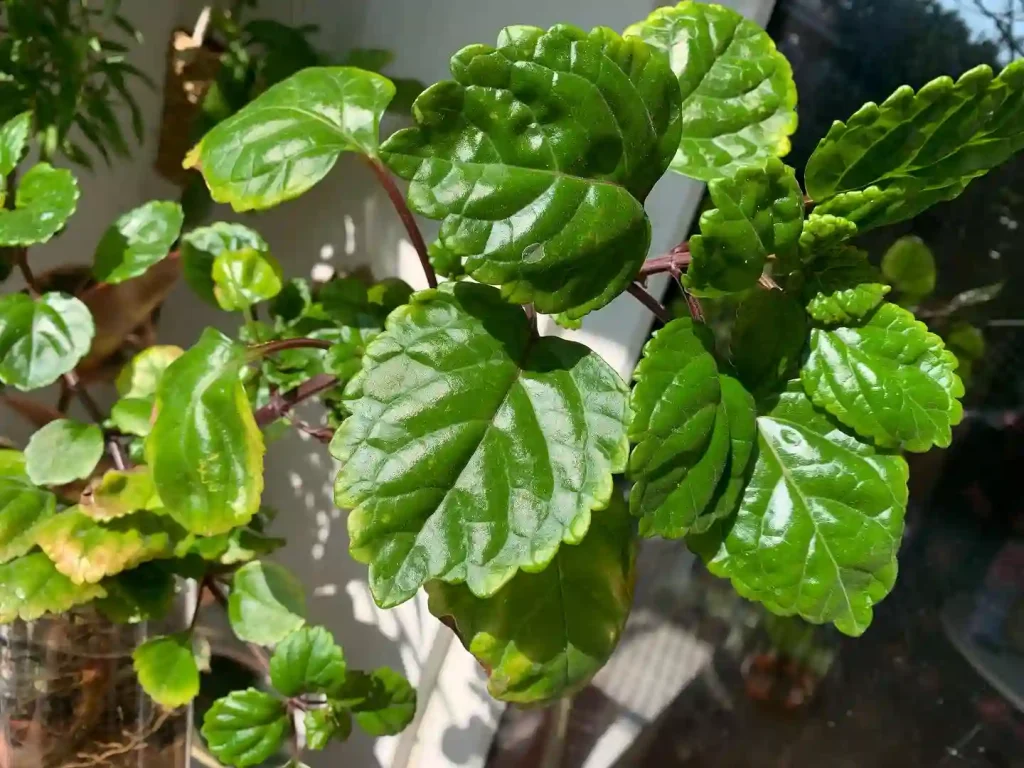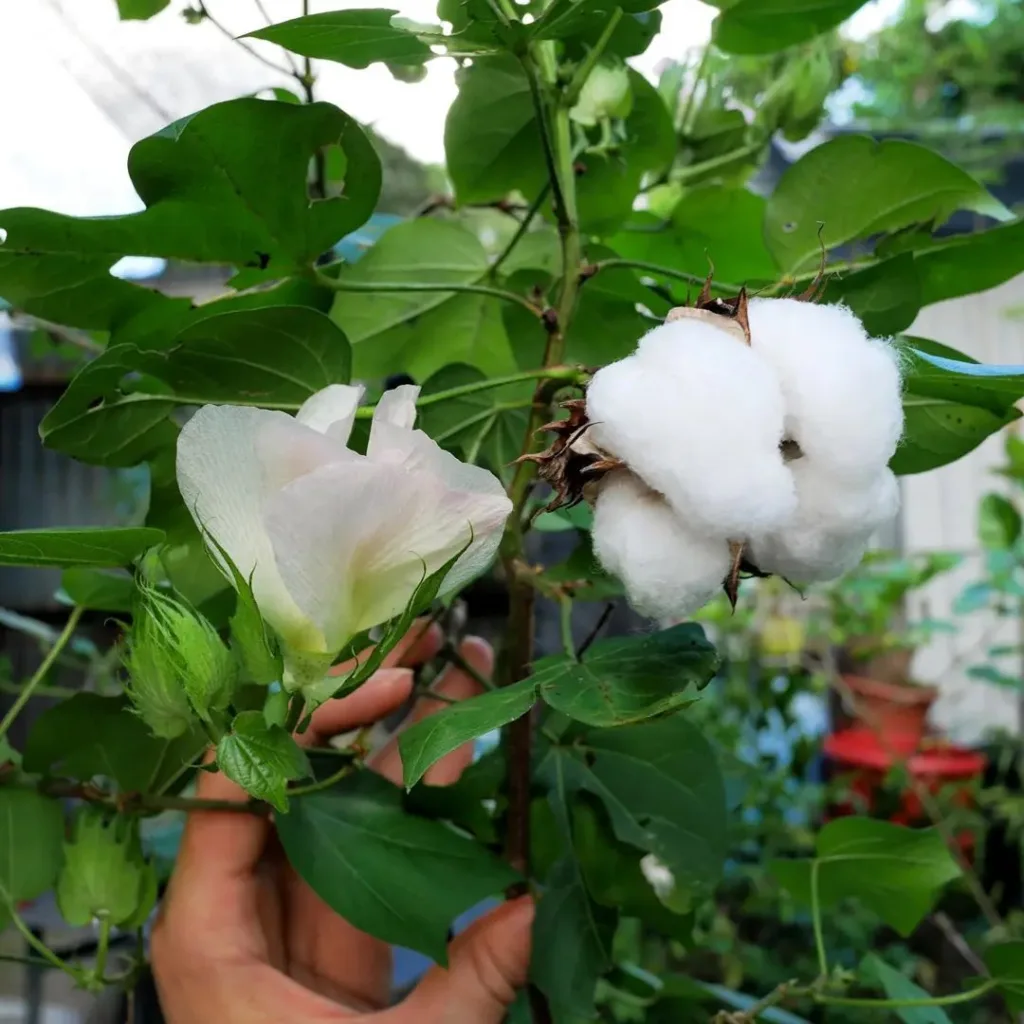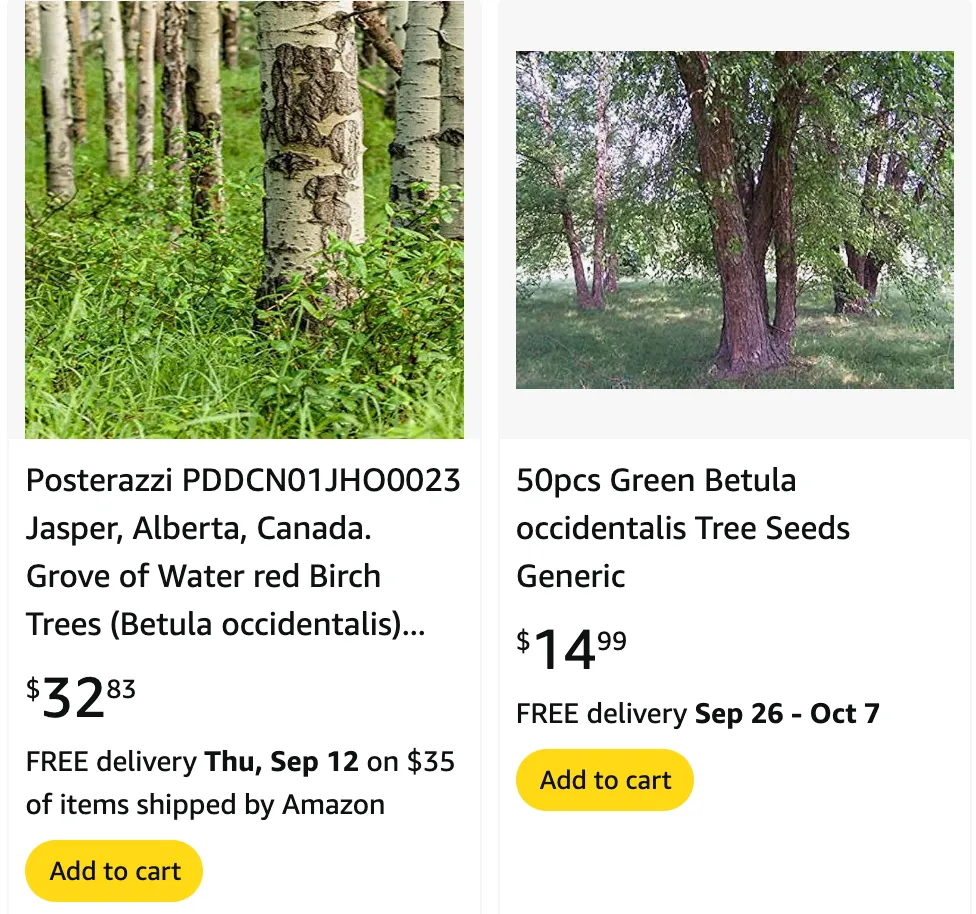
FAQs About Betula Occidentalis: My Personal Insights
I’ve spent a lot of time studying and growing Betula Occidentalis, or the Western Birch, and I often get asked about its care, propagation, and more. Here’s a detailed FAQ based on my experiences and research.
87 Species in Genus Betula – Birch Tree
What is Betula Occidentalis?
Betula Occidentalis, commonly known as the Western Birch, is a deciduous tree native to North America. It’s known for its distinctive white bark and delicate leaves that turn golden in the fall. This tree thrives in wet conditions and is often found near streams and wetlands. It’s a versatile plant, adding beauty and texture to a landscape, and its bark is a distinctive feature that stands out in any garden.
How to Care for Betula Occidentalis?
Caring for Betula Occidentalis is relatively straightforward, but there are some key points to keep in mind. First, this tree prefers a moist soil environment, so regular watering is crucial, especially during dry periods. It thrives in full sun to partial shade and can adapt to various soil types as long as they are well-drained.
One important aspect of care is ensuring the soil remains consistently moist. I’ve found that a layer of mulch helps retain soil moisture and keeps the roots cool. Pruning is also beneficial for maintaining the tree’s shape and removing any dead or diseased branches. Aim to prune during the dormant season to avoid stressing the tree.
How to Propagate Betula Occidentalis?
Propagation of Betula Occidentalis can be done through seeds or cuttings. I’ve had the best success with seeds, which should be sown in early spring. To prepare, soak the seeds in water for 24 hours before planting them in a well-draining seed starting mix. Keep the soil moist and in a warm location. Once the seedlings are large enough to handle, you can transplant them to their permanent location.
Propagation through cuttings is a bit more challenging. Take semi-hardwood cuttings in late summer, dip them in rooting hormone, and plant them in a sandy soil mix. Keep the cuttings in a humid environment until roots develop.
What to Plant With Betula Occidentalis?
Betula Occidentalis pairs well with a variety of plants due to its adaptable nature. I’ve found that it looks particularly striking when planted with other native species like Cornus stolonifera (Red Osier Dogwood) or Rubus spectabilis (Salmonberry). These companions provide contrasting colors and textures that enhance the beauty of the Western Birch.
For a more ornamental touch, consider planting it alongside perennial flowers such as Hosta or Astilbe. Their lush foliage and vibrant blooms create a pleasing contrast with the Birch’s delicate leaves and white bark.
Is Betula Occidentalis Toxic?
Betula Occidentalis is not known to be toxic to humans or animals. However, as with many plants, it’s always a good idea to ensure that pets and children do not ingest large quantities of any plant material, just to be safe. Ingesting significant amounts of plant material can sometimes cause mild digestive issues.
Benefits of Betula Occidentalis
One of the greatest benefits of Betula Occidentalis is its ability to thrive in wet conditions where other trees might struggle. Its beautiful white bark provides visual interest year-round, and its golden fall color adds seasonal beauty to the landscape. The Western Birch also provides habitat and food for wildlife, making it a valuable addition to any garden or natural area.
Common Problems with Betula Occidentalis
While Betula Occidentalis is generally hardy, it can face a few issues. One common problem is fungal infections, such as Birch Leaf Blotch or Birch Anthracnose. These can cause leaf discoloration and drop. To manage these, I recommend ensuring good air circulation around the tree and removing any affected leaves. Regularly inspecting the tree can help catch problems early.
Another issue to watch out for is the presence of pests like Birch Borers. These insects can damage the tree’s bark and wood. If you notice signs of infestation, such as small holes or sawdust around the base, treating the tree with appropriate insecticides or contacting a professional can help mitigate the damage.
Compare with Other Similar Trees
If you’re considering Betula Occidentalis, you might also look at other birch species, such as Betula papyrifera (Paper Birch) or Betula nigra (River Birch). While all birches have similar characteristics, each has unique features. For example, Paper Birch has striking white bark that peels away in strips, while River Birch has distinctive peeling bark and thrives in wet areas like the Western Birch.
Conclusion
Betula Occidentalis is a beautiful and adaptable tree that can enhance any garden with its elegant appearance and practical benefits. Whether you’re planting it for its striking bark or its ability to thrive in moist conditions, understanding how to care for and propagate this tree will help ensure it thrives in your landscape.
If i die, water my plants!
